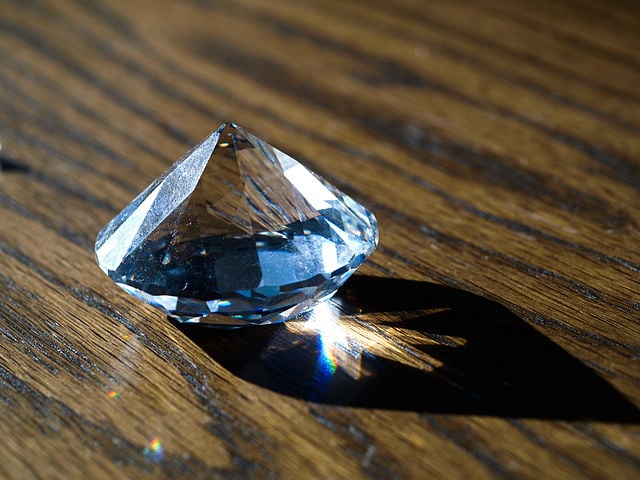
The perception of diamonds as rare and precious has been a cornerstone of their allure for decades. However, the truth about mined diamonds reveals a different story. Despite their reputation, mined diamonds are not as rare as they might seem. This article delves into the factors that challenge the notion of diamond rarity and provides insights into the diamond industry.
The Diamond Supply Chain and Controlled Scarcity
One of the main reasons why mined diamonds are not rare as commonly believed is the controlled scarcity imposed by the diamond industry. Major players, such as De Beers, have historically regulated the supply of diamonds to maintain high prices and the perception of rarity. By stockpiling large quantities of mined diamonds and releasing them slowly into the market, these companies create an artificial sense of scarcity.
The Abundance of Mined Diamonds
Contrary to popular belief, mined diamonds are more abundant than the market may suggest. The earth’s crust contains significant deposits of diamonds, and advancements in mining technology have made it easier to extract them. Modern mining operations can access deeper and more extensive diamond deposits, leading to a steady supply of mined diamonds. This abundance challenges the idea that diamonds are exceptionally rare.
The Role of Synthetic Diamonds
The introduction of synthetic diamonds has also impacted the perceived rarity of mined diamonds. Laboratory-grown diamonds, which are chemically and physically identical to mined diamonds, are produced in large quantities. As the technology to create synthetic diamonds improves and becomes more accessible, the relative scarcity of mined diamonds diminishes. Synthetic diamonds provide a cost-effective and abundant alternative, highlighting the true availability of diamonds.
Diamond Reserves and Exploration
Exploration and mining of new diamond reserves continue to reveal significant quantities of diamonds. Geologists and mining companies are constantly discovering new diamond deposits in various parts of the world, further challenging the notion of rarity. The ongoing discovery of new diamond sources contributes to the steady supply of mined diamonds and reduces their perceived rarity.
The Impact of Market Perception
The perceived rarity of lab diamonds is heavily influenced by marketing and consumer perception. The diamond industry has successfully created a narrative that diamonds are rare and valuable, which helps sustain high prices. This perception is carefully cultivated through advertising and branding strategies. In reality, the actual abundance of mined diamonds does not align with the marketed image of rarity.
The Role of Diamond Grading and Pricing
Mined diamonds are graded based on factors such as cut, color, clarity, and carat weight. The grading system can affect the perceived rarity and value of a diamond. However, the grading process and pricing structure are influenced by market demand rather than the inherent rarity of the diamonds themselves. As a result, diamonds that are not as rare as they might seem can still command high prices due to their grading and market positioning.
Environmental and Ethical Considerations
The environmental and ethical issues associated with diamond mining also play a role in the discussion of rarity. While mined diamonds may not be exceptionally rare, the impact of mining on ecosystems and communities has become a significant concern. Ethical and sustainable alternatives, such as lab-grown diamonds, are gaining popularity as consumers seek to align their purchases with their values. The availability of these alternatives further diminishes the notion of rarity associated with mined diamonds.
The Future of Diamond Rarity
Looking ahead, the concept of diamond rarity is likely to evolve. As technology advances and new diamond sources are discovered, the supply of mined diamonds will continue to grow. Additionally, the increasing acceptance of synthetic diamonds and the focus on ethical sourcing will reshape how we perceive and value diamonds. The future of diamond rarity will be influenced by these changing dynamics and evolving consumer preferences.
Conclusion: Rethinking the Rarity of Mined Diamonds
The idea that mined diamonds are exceptionally rare is a complex interplay of market manipulation, technological advancements, and consumer perception. While mined diamonds are not as rare as they might seem, their perceived value remains high due to industry practices and marketing efforts. Understanding the true abundance of mined diamonds and the factors influencing their rarity can help consumers make more informed choices and appreciate the broader context of diamond availability.
